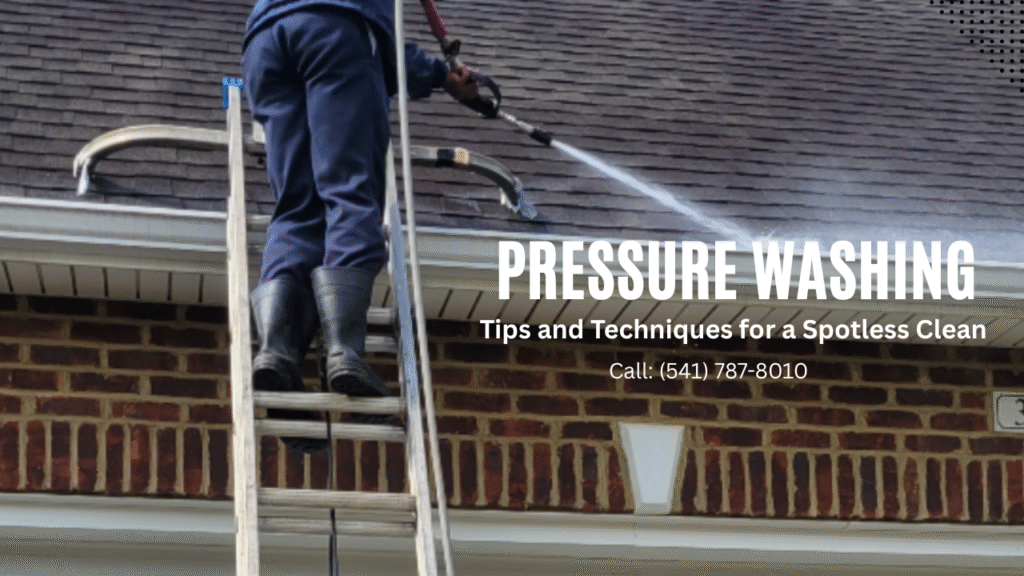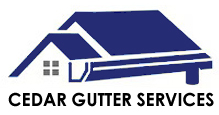Ultimate Guide to Pressure Washing- Tips and Techniques for a Spotless Clean

Pressure washing is a powerful and efficient method for cleaning a variety of surfaces, from driveways to decks and everything in between. This ultimate guide will walk you through everything you need to know about pressure washing, including tips, techniques, and safety precautions to ensure a spotless clean. Understanding Pressure Washing Pressure washing utilizes high-pressure water spray to remove dirt, grime, mold, and other unwanted substances from surfaces. This technique is not only effective but also saves time and effort compared to traditional cleaning methods. However, understanding the mechanics behind pressure washing is essential for achieving the best results. How Pressure Washers Work At its core, a pressure washer consists of a motor, a pump, and a nozzle. The motor powers the pump, which draws water from a source and forces it out through the nozzle at high pressure. This pressurized water can easily dislodge dirt and debris from surfaces, making it an ideal solution for various cleaning tasks. Pressure washers come in different types, including electric and gas-powered models. Electric pressure washers are generally lighter and quieter, making them suitable for smaller jobs, while gas-powered models offer greater power and are better suited for larger, more demanding tasks. Additionally, the choice between these models often comes down to the specific cleaning needs and the frequency of use. For instance, homeowners who only need to clean their patios a few times a year may find an electric model sufficient, while those in commercial settings might require the robust capabilities of a gas-powered unit. Types of Pressure Washers Choosing the right type of pressure washer is crucial for achieving optimal results. There are three main types of pressure washers: electric, gas, and hot water pressure washers. Electric Pressure Washers: These are ideal for light to medium cleaning tasks, such as washing cars or cleaning patios. They are easy to use, quieter, and require less maintenance. Gas Pressure Washers: More powerful than electric models, gas pressure washers are suitable for heavy-duty tasks like cleaning driveways and removing stubborn stains. They are portable and can be used in areas without electrical outlets. Hot Water Pressure Washers: These are used primarily in commercial settings where grease and oil need to be removed. The hot water enhances cleaning effectiveness, making it easier to break down tough stains. Each type of pressure washer has its own unique advantages and limitations. For example, while electric models are perfect for residential use, they may struggle with tougher jobs that require higher pressure. On the other hand, gas pressure washers, while powerful, can be heavier and less user-friendly for those unfamiliar with handling machinery. Hot water pressure washers, with their ability to heat water, are particularly effective in industrial applications where cleanliness is paramount, such as in food processing facilities or automotive shops. Understanding these distinctions can help users select the most appropriate equipment for their specific cleaning needs, ensuring efficiency and effectiveness in their cleaning endeavors. Preparing for Pressure Washing Before diving into pressure washing, proper preparation is key to ensuring safety and effectiveness. Taking the time to prepare can save headaches later on. Safety Precautions Safety should always be a priority when pressure washing. Here are some essential precautions to consider: Wear Protective Gear: Always wear safety goggles, gloves, and sturdy footwear. This will protect you from flying debris and the high-pressure water spray. Check the Area: Inspect the area you plan to clean for any hazards, such as electrical wires, fragile items, or loose debris that could be dislodged during cleaning. Know Your Equipment: Familiarize yourself with the pressure washer’s controls and features. Read the manual to understand how to operate it safely. Gathering Supplies Having the right supplies on hand will make the pressure washing process smoother. Essential supplies include: Pressure Washer: Choose the appropriate model based on the task at hand. Cleaning Solutions: Depending on the surface, you may need specific detergents or cleaners to enhance the cleaning process. Extension Wands: These can help you reach high or difficult areas without the need for a ladder. Techniques for Effective Pressure Washing Once you’re prepared, it’s time to dive into the techniques that will ensure a thorough clean. The method you choose may vary based on the surface type and the level of dirt or grime. Choosing the Right Nozzle The nozzle you select plays a significant role in the effectiveness of your pressure washing. Nozzles come in different colors, each representing a specific spray angle: Red (0 degrees): This nozzle produces a concentrated stream of water, ideal for tough stains but can damage surfaces if not used carefully. Yellow (15 degrees): This nozzle is effective for removing paint or heavy grime but should be used with caution on softer surfaces. Green (25 degrees): A versatile nozzle suitable for general cleaning tasks, such as washing decks and patios. White (40 degrees): This nozzle provides a gentle spray, perfect for delicate surfaces like cars and windows. Washing Techniques When pressure washing, the technique you use can significantly affect the outcome. Here are some effective methods to try: Start from the Top: Always begin washing from the highest point of the surface and work your way down. This prevents dirty water from running over already cleaned areas. Use Overlapping Strokes: To ensure an even clean, overlap each stroke slightly with the previous one. This helps avoid streaks and missed spots. Maintain Distance: Keep the nozzle at a consistent distance from the surface. Too close can cause damage, while too far may not clean effectively. Special Considerations for Different Surfaces Not all surfaces are created equal, and each may require a different approach when it comes to pressure washing. Understanding how to treat various materials will enhance your results. Concrete and Brick Concrete and brick surfaces are durable and can withstand high pressure. However, they can also harbor deep-seated stains from oil or mildew. To effectively clean these surfaces: Use a degreaser or specialized concrete cleaner for tough stains. Opt for a narrow nozzle to focus the pressure on stubborn spots. Consider using a surface cleaner attachment for larger areas to save time and
